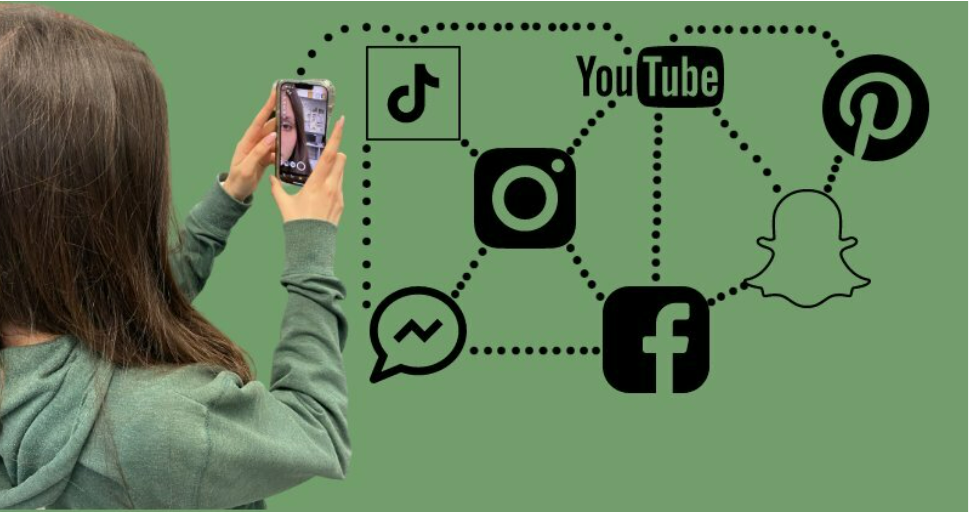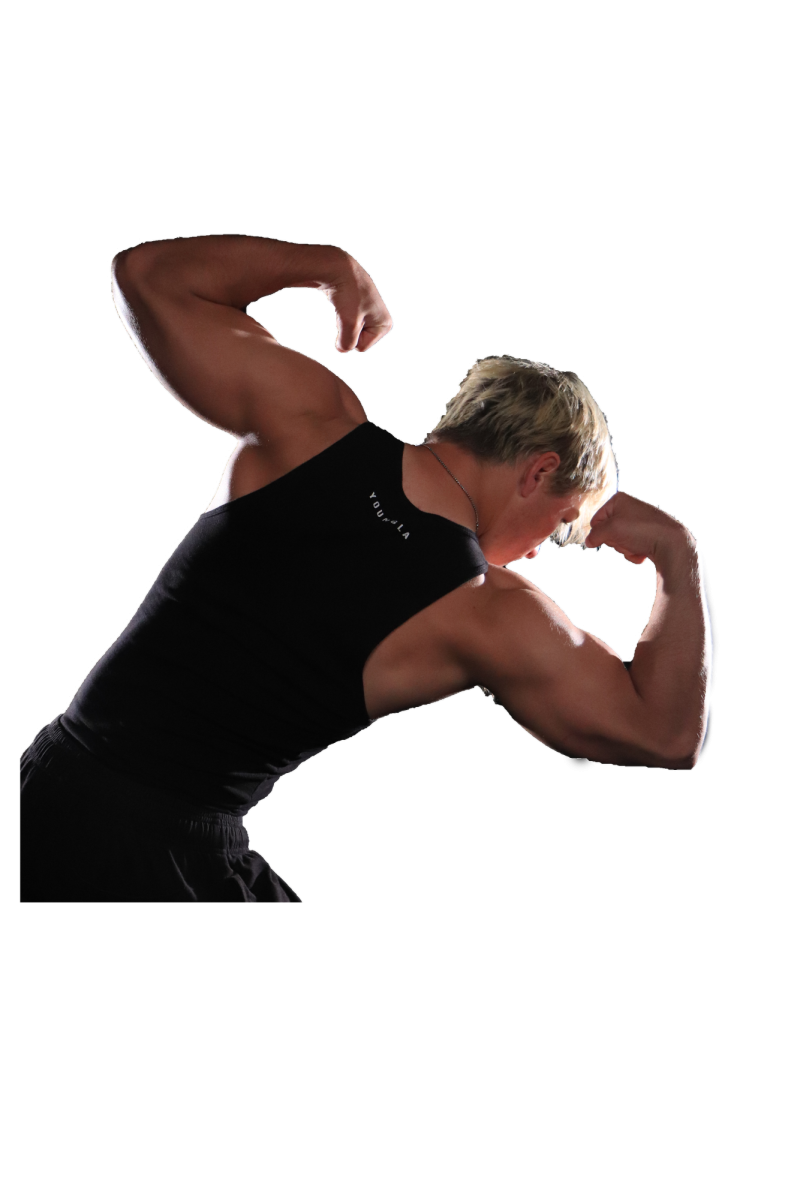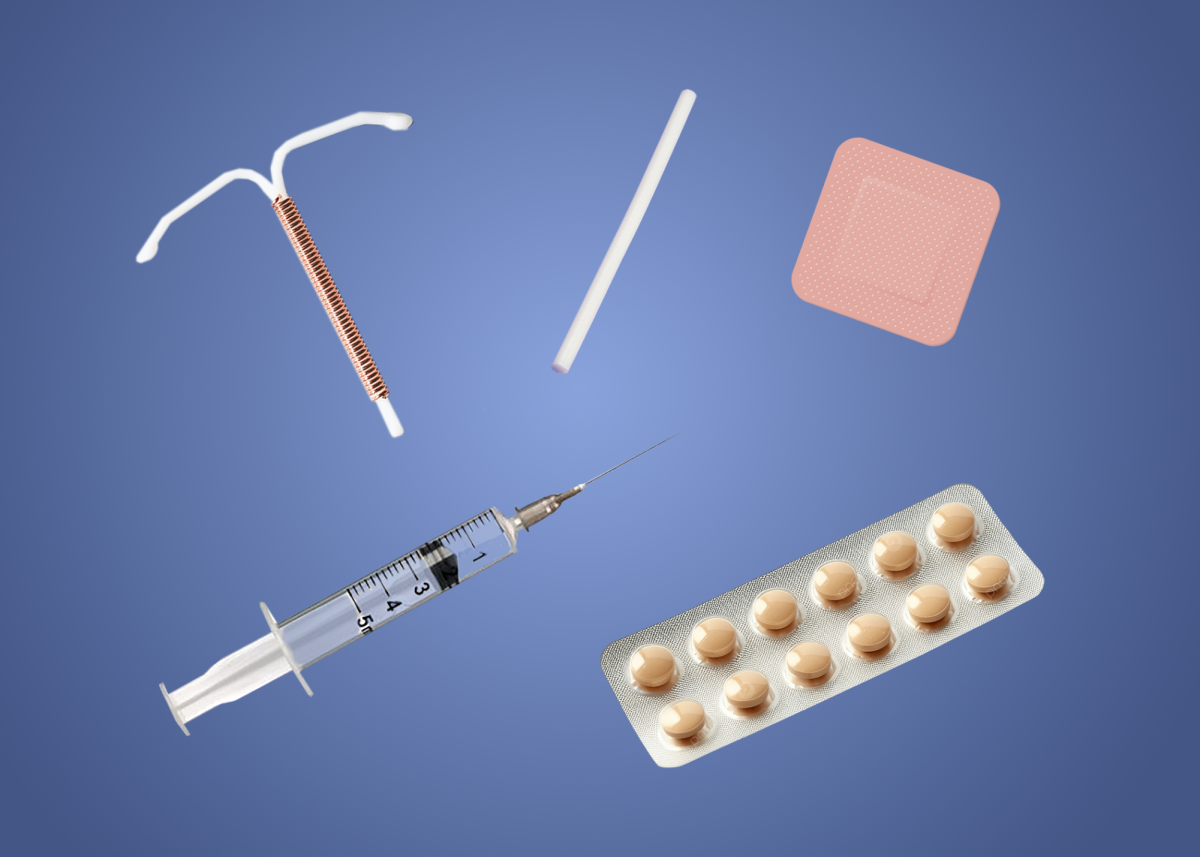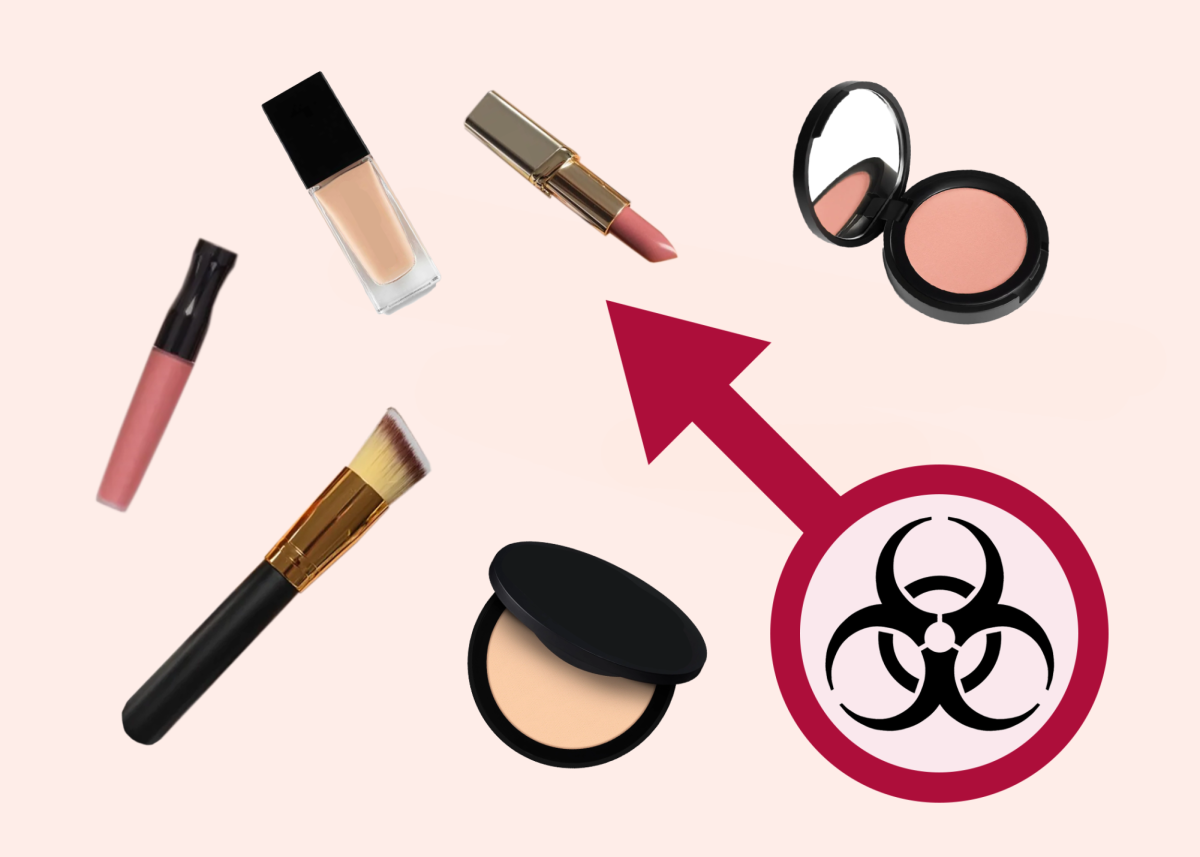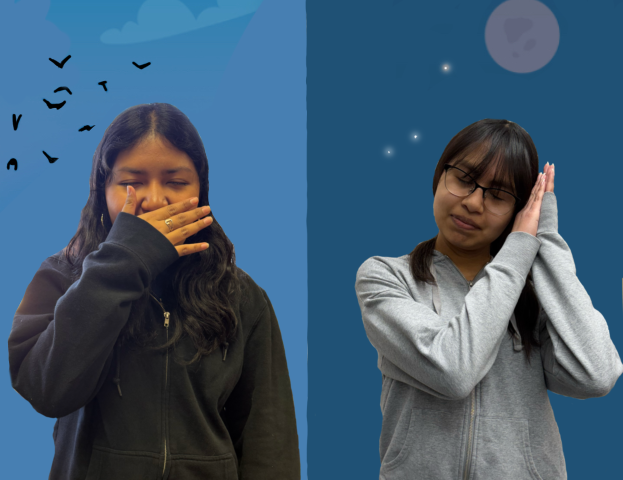A look into how Body image is perceived, and how it has changed with popular culture, trends, and overall behavior towards weight
A familiar chirp sounds through the air signaling a new notification on social media around the world. It is used everyday, from TikTok to SnapChat, Facebook to Pinterest and everything in between. Four in 10 teenagers have experienced body dysmorphia, and issues with body image, due to what they have seen on those apps according to the Mental Health Foundation, from 2020. Filters, editing apps, and ways to try and become the body standard have taken over. Body dysmorphic disorder (BDD) is one issue that has come about, with 1 in 50 people in the US experiencing this disorder (Psych central). BDD is a particular obsession with one’s own appearance, from the use of filters and other body altering pieces of technology, it starts to play tricks on the brain and the perception of what is acceptable in society.

Images from social media impacts the youthful brains due to the known dopamine rush that occurs through likes, comments, and sharing. The release of the chemicals from the dopamine that eventually links with filters, editing, and social media in general, can lead further down the road to anxiety, depression, detachment from reality, compulsive thoughts/behavior, and can even lead to dissociative disorders.
Psychology teacher Jennifer Martinez sees the impact on student expectations.
Our brains’ perception of oneself may or may not change when we look in the mirror since sometimes what we see may match how we feel about oneself and sometimes what we see may be a better or a worse image than we expect

Jennifer Martinez
AP Psych teacher
The standard that many compare themselves to is one that changes due to how people truly feel about their own image. However, athletic activities such as wrestling, cheerleading, and dance have specific looks or weight requirements for certain positions on the teams, also impacting teen perceptions
Eating disorders (ED) and BDD, are common among the teams mentioned above with 33.1% of cheerleaders being at higher risk for ED and seen in male dancers with about 27% being unhappy about their weight. The rates of the disorders above are higher in females but males in the activities are also at risk for them, wrestling for example can see athletes go through unhealthy practices in order to stay in certain weight classes.
Being a part of programs where your weight plays a key factor, it does tear down your confidence after a while. Constantly being around people who are semi-fixated with image and how to look specifically can be exhausting but I was thankful to be around supportive people that acknowledged/owned their bodies
anonymous student
Reducing screen time can be one way to help with your own body image. Martinez has stated that when students come to talk to her she has suggested to them stay off of their social media for a few days to see if that helps with their feelings. Social Media, body image, and mental health all play a role together and to keep the latter two from worsening it may be as simple as taking less social media hours.
“I try to make students realize their worth beyond what they look like… I try to help them embrace what physical features we have. I also try to guide them to focus on all of the other qualities that they may have that makes them a good person.” Martinez said.

